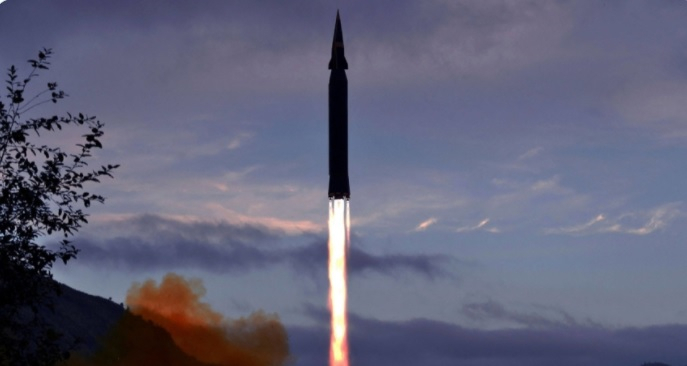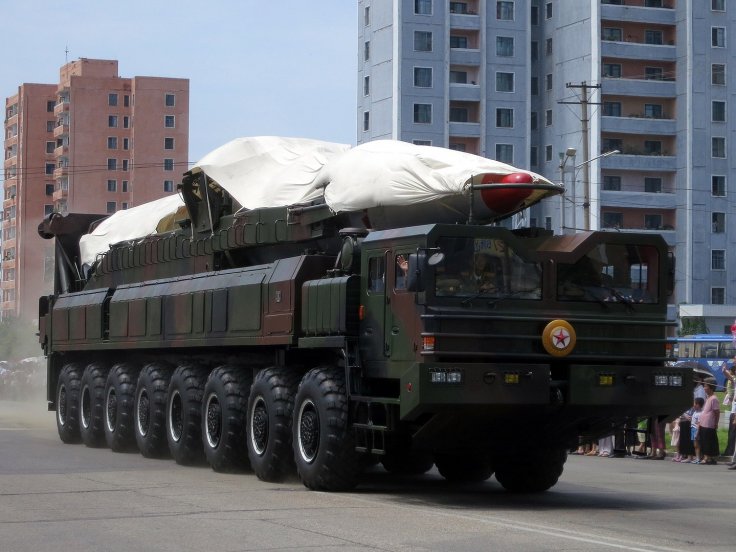The US has revealed that North Korea tested the Inter-Continental Ballistic Missile (ICBM) system in two recent missile launches, sharpening the technology that helps carry and deliver multiple warheads.
Pentagon press secretary John Kirby said in a statement on Thursday the Democratic People's Republic of Korea (DPRK) conducted two ballistic missile tests on February 26 and March 4.

Based on analysis of these launches, the United States Government has concluded that these launches involved a new Intercontinental Ballistic Missile (ICBM) system that the DPRK is developing, which was originally unveiled during the Korean Workers Party parade on October 10, 2020.
The US believes that the purpose of these tests, which did not demonstrate ICBM range, was likely to evaluate this new system before conducting a test at full range in the future, potentially disguised as a space launch.

Monster Missile Hwasong-17
The Pentagon has clarified that North Korea recently tested part of a monster missile disguised as a satellite. The missile was first unveiled during the Korean Workers Party parade on October 10, 2020.
Some reports have revealed that the test conducted on the February 26 and March 4 had potentially involved the Hwasong-17.
The tests of purported "reconnaissance satellite" components on February 27 and March 5 were likely the Hwasong-17, possibly the technology to deliver multiple warheads.

So far, Pyongyang has not revealed the capability of Hwasong-17 but it had earlier tested ICBM which had the range to reach the US.
The US has unmasked North Korea by revealing that it was involved in ICBM tests in the name of satellite tests. Pyongyang would have certainly chosen to show its test as a satellite as it does not want to face sanctions.
Washington has conveyed that Pyongyang chose not to publicize information on the systems involved in these launches, the United States is revealing this information publicly and sharing it with other allies and partners because "we believe that the international community must speak in a united voice to oppose the further development and proliferation of such weapons by the DPRK".
The US has strongly condemned these launches, which are a brazen violation of multiple United Nations Security Council resolutions, needlessly raise tensions and risk destabilizing the security situation in the region.
Intensified Surveillance in Yellow Sea
US Indo-Pacific Command, earlier this week, ordered intensified surveillance activity in the Yellow Sea, as well as enhanced readiness among our ballistic missile defense forces in the region.
"Our commitment to the defense of the Republic of Korea and Japan remains ironclad. We have been and will continue to coordinate closely with our allies and partners to address the threats posed by the DPRK and to advance our shared objective of the complete denuclearization of the Korean Peninsula," said Kirby.









